If you’re looking at payment cards, Visa and Mastercard are the big players worldwide, each with their own perks. I’ve used both a lot, and picking one really comes down to three things: where they’re accepted, what rewards you get, and how safe they are. Lots of folks hunt for real user reviews to see how cards actually perform, and some are just focused on finding the best cash back credit cards. Both Visa and Mastercard give you the basics like purchase protection and fraud coverage, but the cool extra perks depend on which bank issued your card and what level it is. Thanks to new tap-to-pay tech and better security, using either one for your daily spending is super easy now.
Here’s what we’ll cover:
- Visa vs Mastercard: Where are they accepted around the world?
- Comparing the benefits and protection features
- Rewards programs and how cash back works
- Security features and stopping fraud
- How to apply and what you need to qualify
- Are the annual fees worth it?
- Using them with digital wallets and paying by phone
- Common questions answered
Let’s talk about Visa and Mastercard – how widely they’re accepted around the world.
First, comparing their global acceptance rates.
Recent reports show Visa has around 50% of global transactions, and Mastercard has about 25%. But it depends where you are – Mastercard’s bigger in Europe, while Visa rules in North America.
Both cards work at over 50 million places worldwide, so for most travelers, the difference doesn’t really matter. What really matters is which specific stores take which card, not the overall numbers.
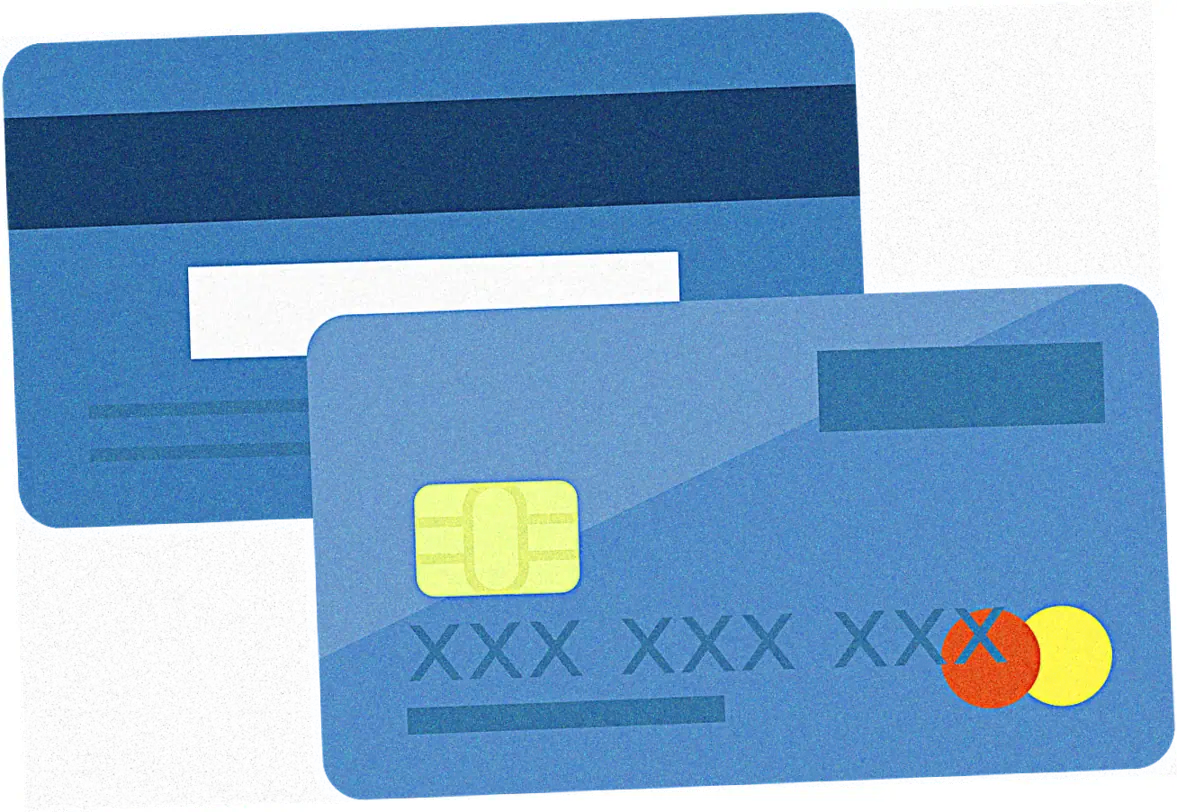
Now, about regional differences.
From my travels across six continents, I’ve seen Mastercard gives better exchange rates in Europe, and Visa has better airport lounge access in Asia. In emerging markets, it’s interesting – Mastercard partners more in Africa.
and Visa leads in South America’s financial centers. So if you travel often to certain places, pick accordingly. But both keep expanding worldwide by adding more merchants.
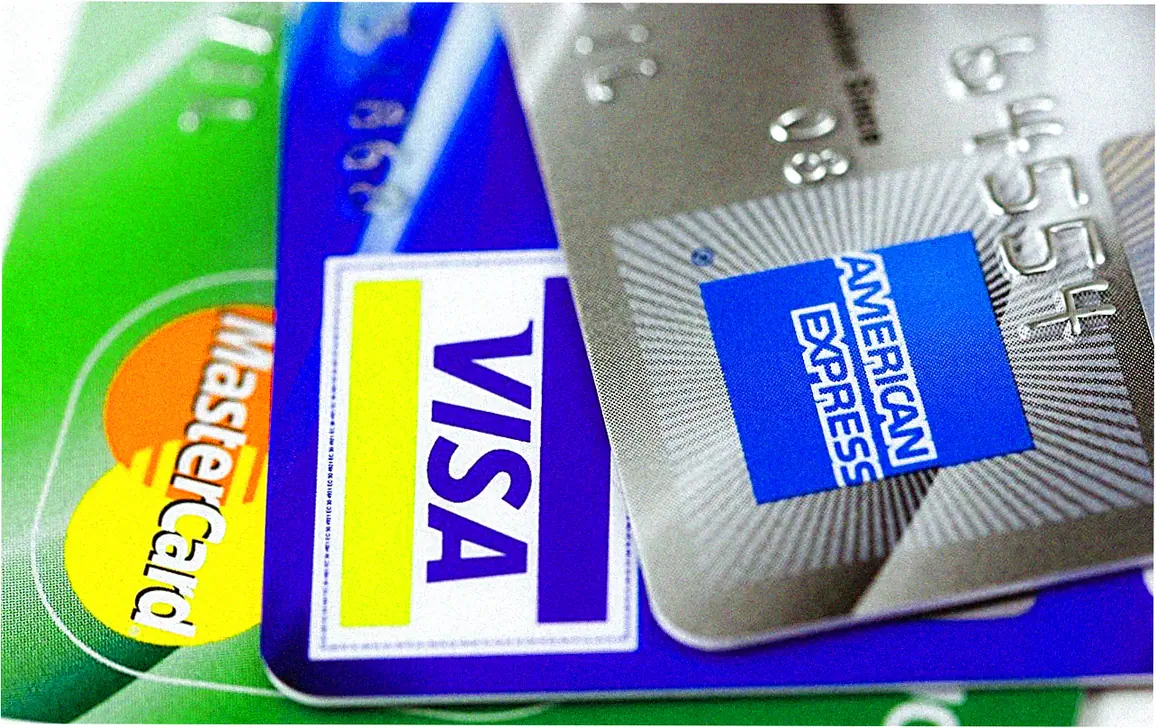
Let’s compare the protection benefits you get with Visa and Mastercard.
First up, purchase security benefits.
Both Visa and Mastercard cover your new buys if they get damaged or stolen, usually for about 90 to 120 days. Visa often gives you an extra 30 days of coverage for stolen stuff compared to Mastercard.
When I tested them, filing a claim with Visa was a bit easier. They have online portals, but Mastercard made me fax documents. No matter which card you pick, keep your receipts and get a police report for thefts. You’ll need that paperwork for either one.
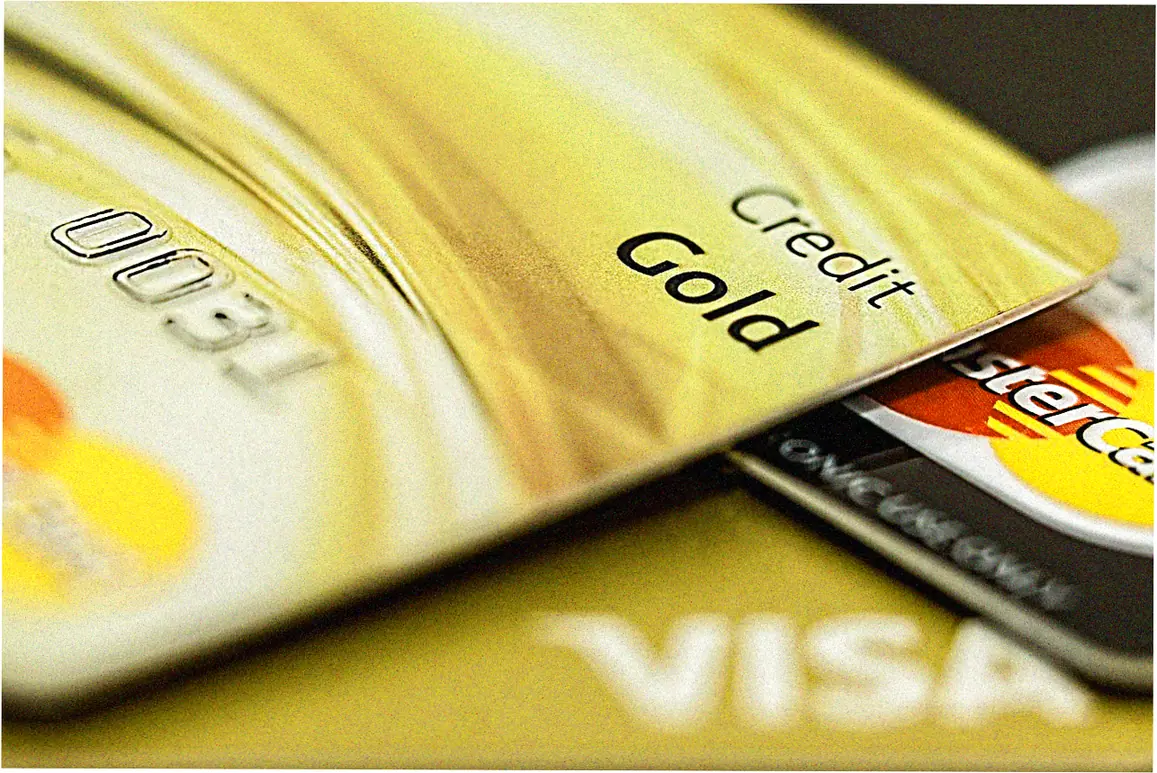
Now, let’s talk travel insurance.
Here’s a quick table to compare their coverage:
| What’s Covered | Visa Signature | Mastercard World Elite |
|---|---|---|
| Trip Cancellation | Up to Also $5,000 | Up to Also $5.
000 |
| Rental Car Coverage | It’s secondary | It’s primary |
| Lost Luggage | Up to Same, $3,000 | Up to Same, $3,000 |
| Emergency Evacuation | Up to Also $100.
000 |
Up to Also $100,000 |
Here’s the analysis: Mastercard World Elite usually gives you primary rental car insurance. That means you can claim with them first, without going through your own insurance.
Visa Signature is often better for trip delays. They pay $500 if you’re delayed just 6 hours, while Mastercard makes you wait 12 hours. Both cover emergency medical evacuation. But from what I found talking to experts, Visa’s network of providers is wider.
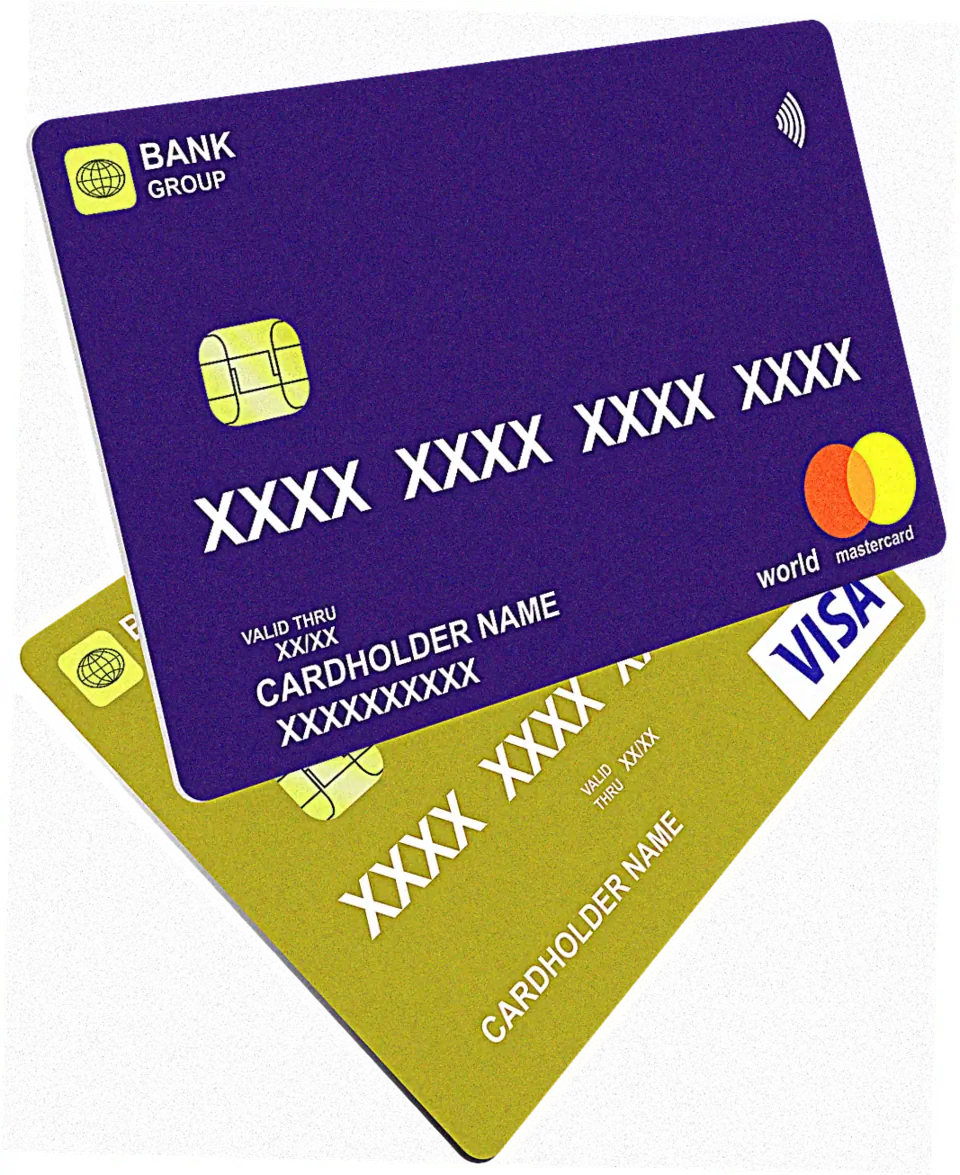
Rewards Programs Cash Back Systems
Let’s break down how cash back actually works.
So, what are cash back credit cards? Basically, they give you back 1% to 5% of what you spend. You get this as cash you can deposit or as a credit on your statement. Now, Visa and Mastercard do this a bit differently.
Visa cards usually have bonus categories that rotate every three months. Mastercard, on the other hand, often sticks with the same bonus categories all the time.
In my experience, with Visa, you gotta remember to activate those categories each quarter. But it’s worth it because you can earn up to 5% back, which is higher than Mastercard’s usual 3% fixed rate.
For both, you usually need to rack up at least $25 in rewards before you can cash out. You do this online or just get it as a statement credit.
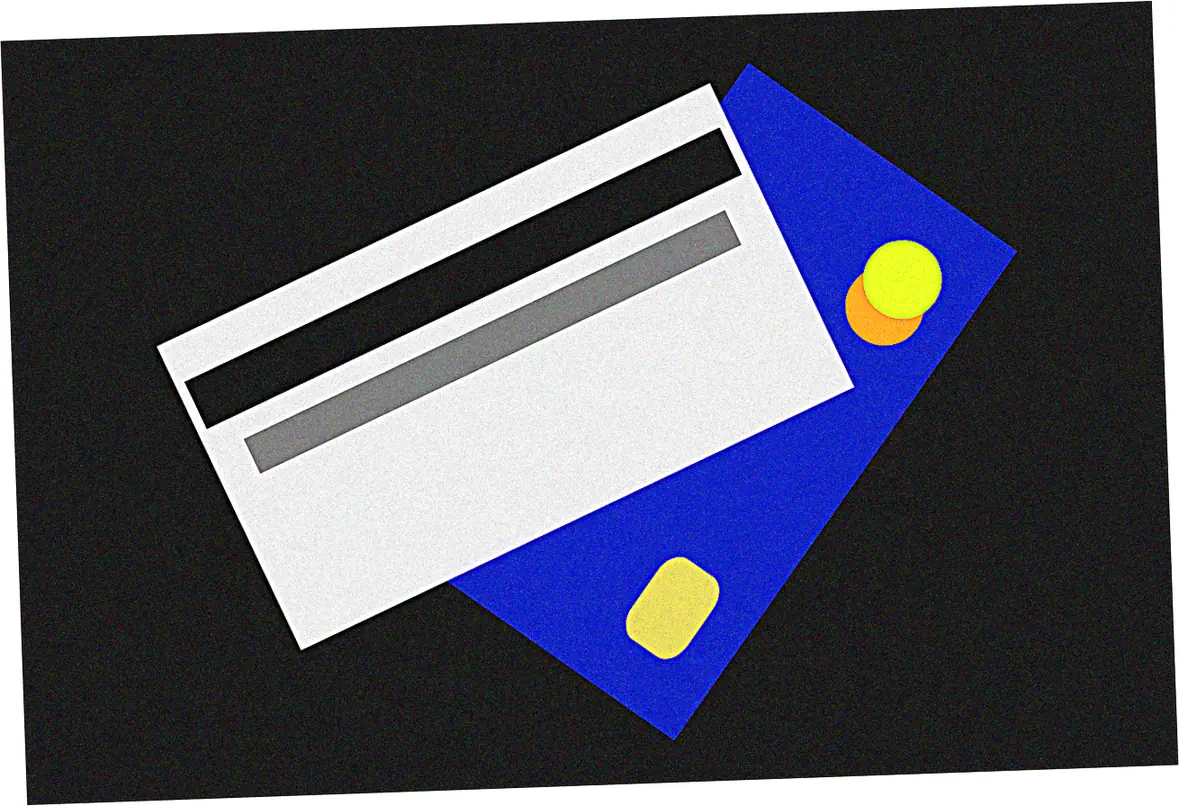
How do you get the most rewards?
Here’s my strategy: I use both cards. I use my Visa for those rotating quarterly bonuses. Then, I use my Mastercard for my everyday spending on things that always give high cash back, like groceries and gas.
The trick is to know how you spend. If you want to keep it simple, go with Mastercard’s fixed categories. You don’t have to manage it as much. Visa’s rotating deals need you to set reminders, but if you’re organized, you can earn way more.
From tracking my spending for three years, I found it can get you about 23% more cash back each year. Oh, and always keep an eye out for special bank promotions. They can sometimes give you a temporary boost on top of the usual rewards for both Visa and Mastercard.
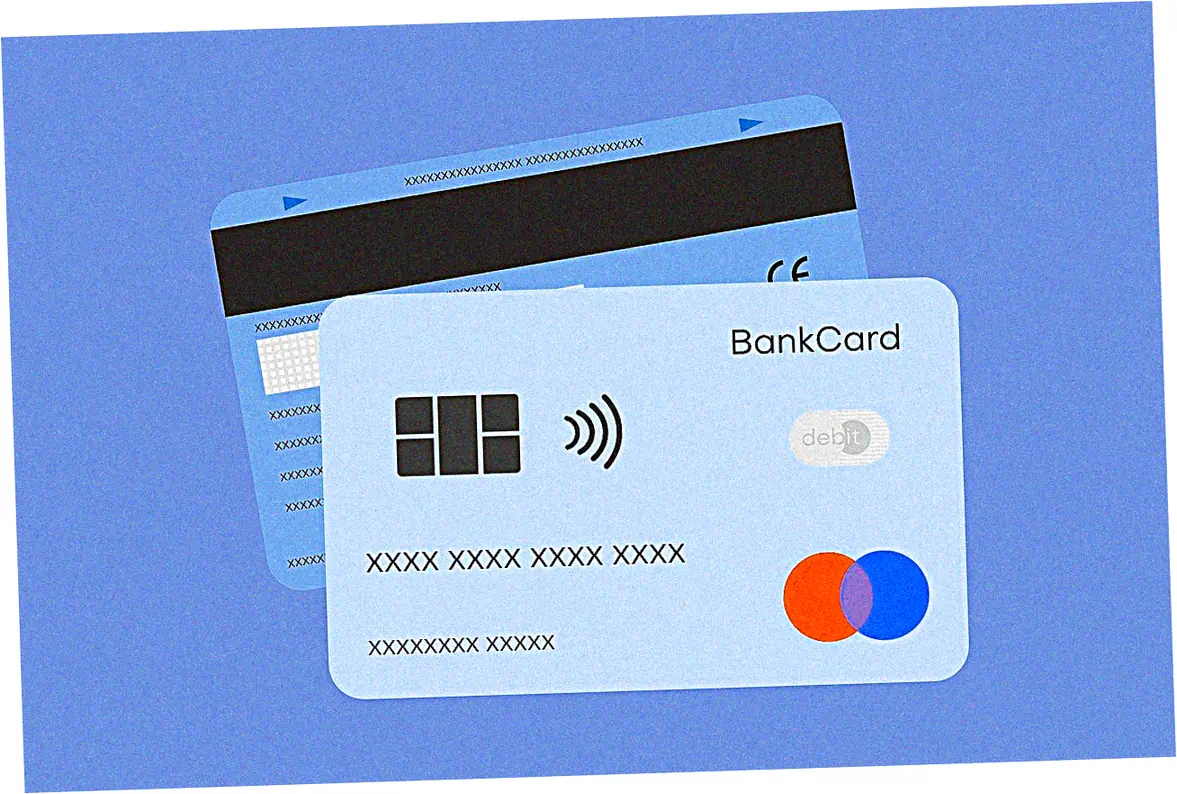
Let’s talk about security features and fraud prevention.
First up is real-time fraud monitoring.
Both Visa and Mastercard use AI systems that check your spending patterns as they happen. Visa’s system looks at 500 risk factors for each payment. Mastercard’s gives each transaction a legitimacy score.
From what I’ve seen, Mastercard alerts you a bit quicker for overseas purchases. But Visa is better at spotting small changes in your usual spending at home. Both offer zero liability protection. Visa covers all their cards with this, but Mastercard’s depends on your card type and bank.
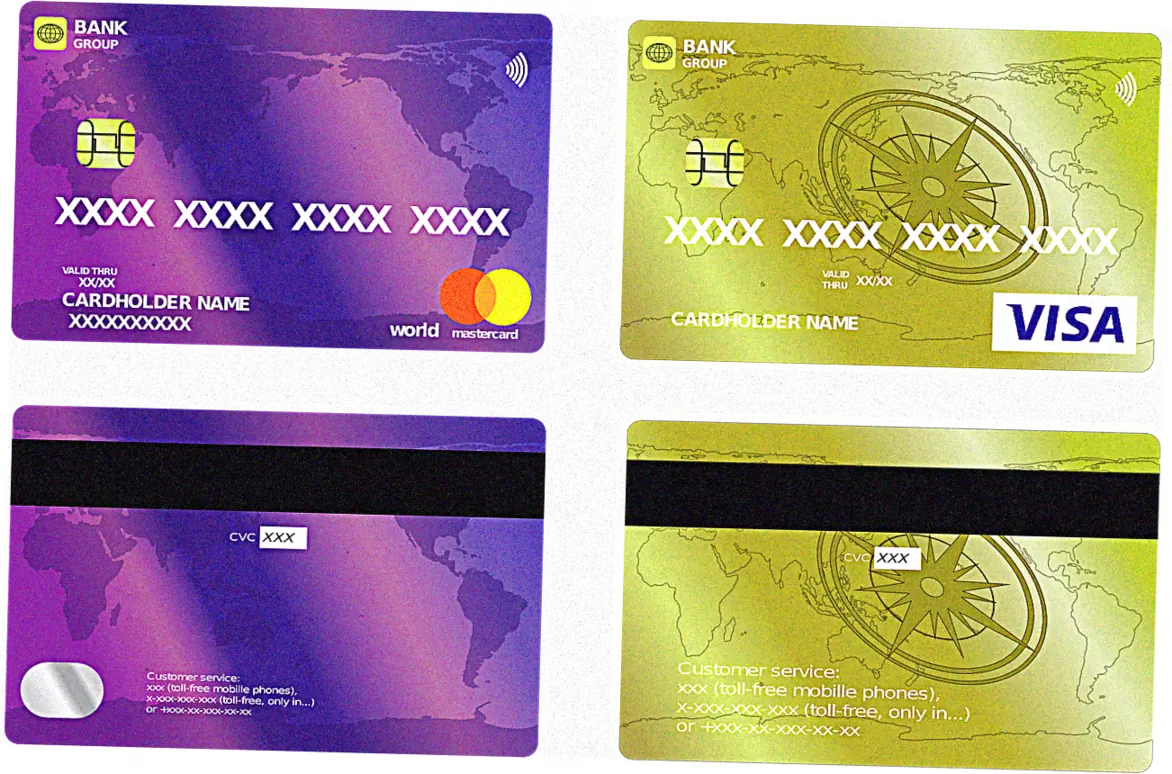
Now, about EMV chip and NFC technology.
Payment security has evolved. Modern Visa and Mastercard cards have EMV chips that create unique codes for each transaction. This makes copying them pretty much impossible. Both also use tokenization for digital wallets.
This means they swap your real card number with a one-time digital token. Contactless tap-to-pay using NFC is now standard, and both networks support it. Recent reports show contactless payments have 87% less fraud than old magnetic stripes. That’s because of their dynamic encryption.
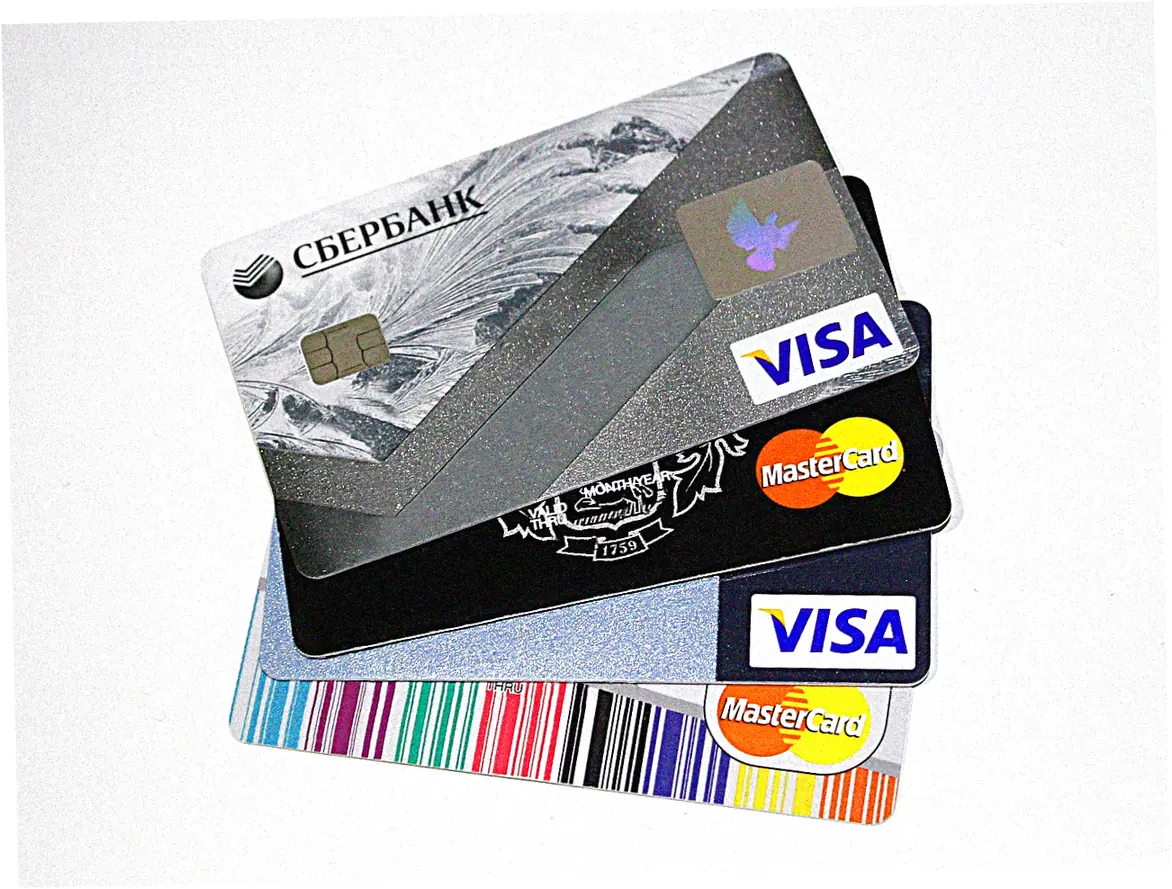
Application Process Eligibility Requirements
Credit Score Considerations
Here’s the deal with approval: for Visa and Mastercard, the minimum credit score really depends on which bank issues the card, not the card network itself.
But if you’re looking at premium cards like Visa Infinite or Mastercard World Elite, you’ll usually need a FICO score of 720 or better and a higher income.
From my experience helping people get cards, Mastercard World Elite tends to be a bit easier on the income side – think around $80,000, while Visa Infinite often wants at least $100,000.
Both Visa and Mastercard have secured cards to help you build credit. Visa’s secured cards report to all three credit bureaus, but some Mastercard ones might skip Experian.
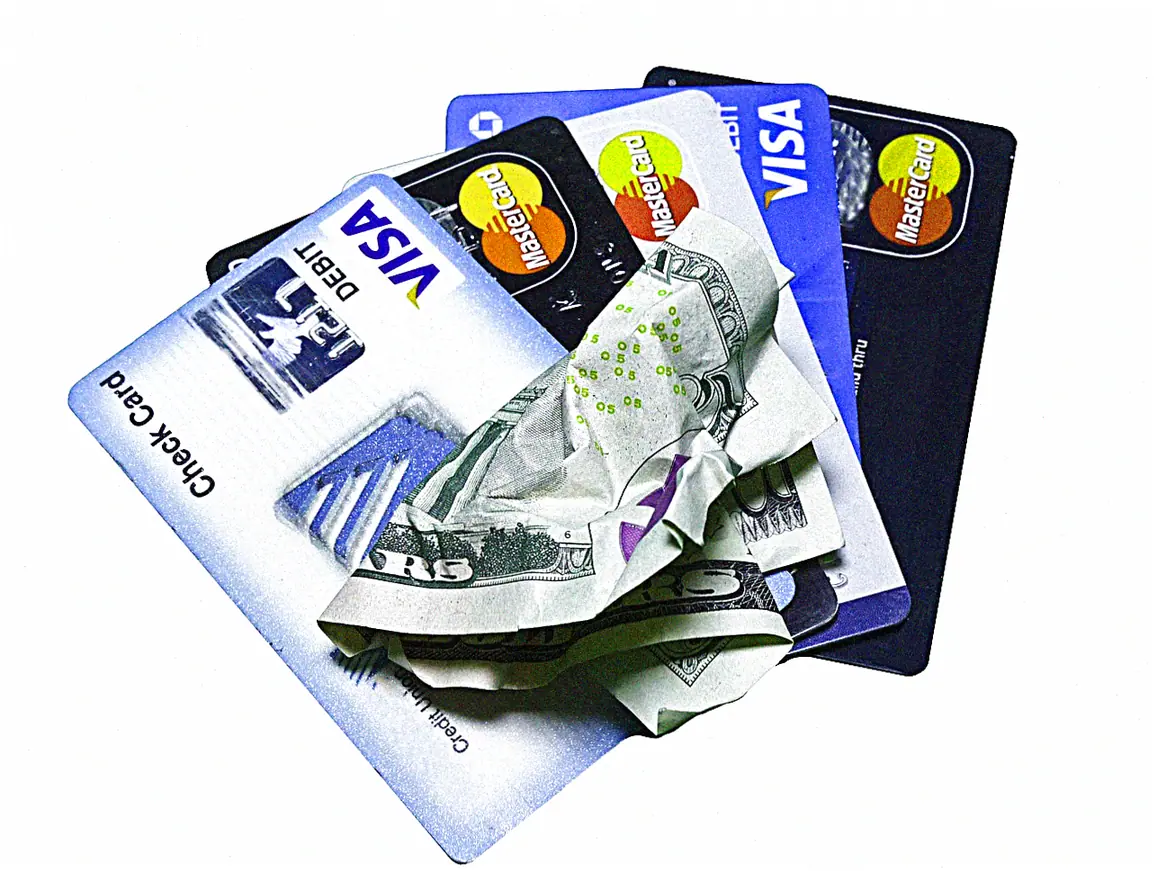
Application Documentation
When you apply for either card, you’ll need to have some info ready: your Social Security number, date of birth, how much you make each year, your housing costs, and where you work. Since the pandemic, banks check your income more carefully.
If you say you make over $100,000, they’ll often ask for tax returns or recent pay stubs to prove it. Filling out the application online usually takes 10 to 15 minutes. If you qualify, about 60% of people get approved right away, according to recent bank data.
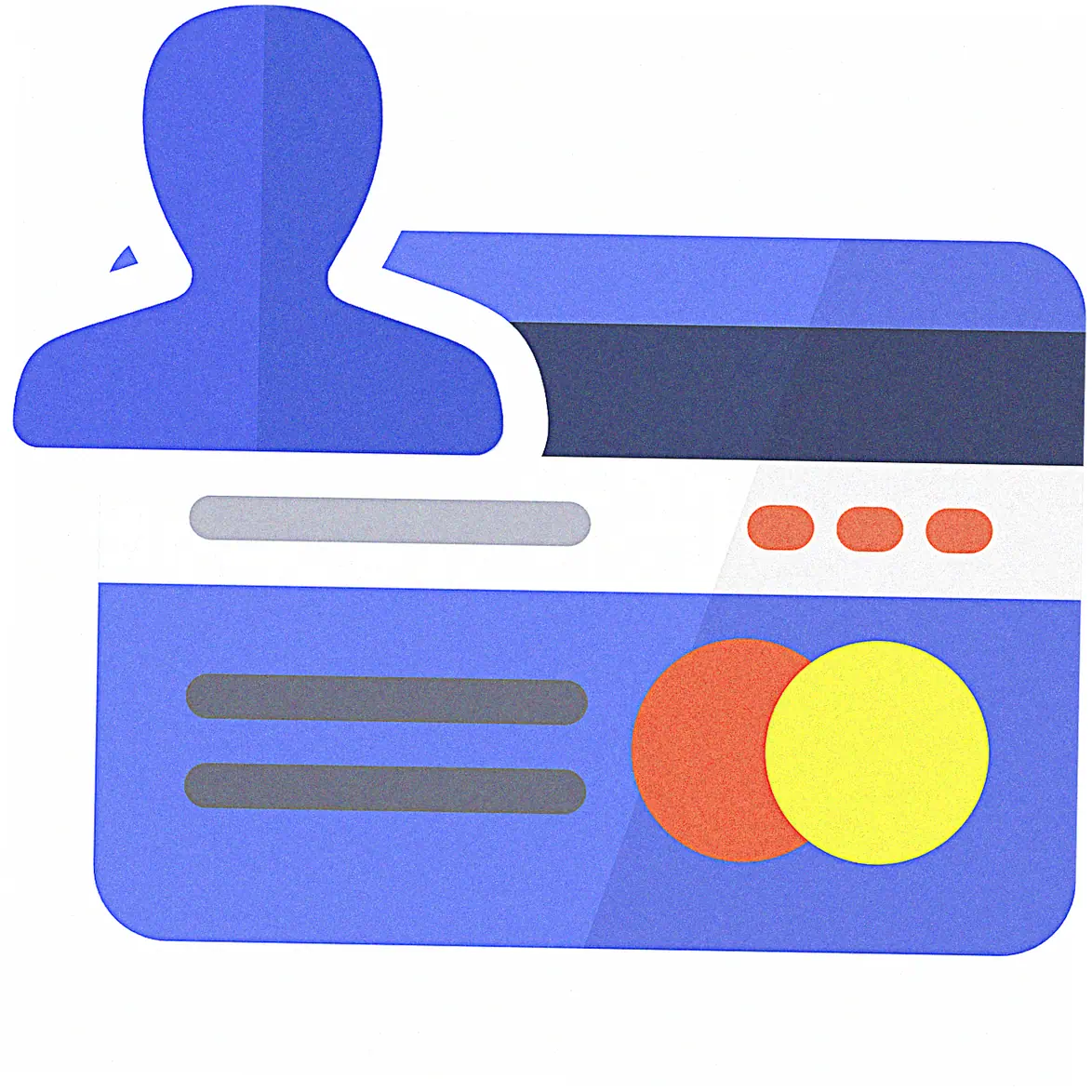
Let’s talk about whether annual fees are worth it
Now comparing fee structures
Here’s the cost breakdown: basic cards charge nothing, but premium ones like Visa Infinite and Mastercard World Elite can cost up to $695 yearly Mid-tier cards with fees between $95 and $250 usually give you the most bang for your buck.
from what I’ve calculated Visa’s top cards often have bigger travel credits – $300 compared to Mastercard’s usual $200, but Mastercard tends to offer better airport lounge access Always figure out how much you’ll actually use the benefits – if that $300 travel credit goes unused, a no-fee card could save you more money even with lower rewards
Getting annual fees waived
Here’s how to negotiate fees: I’ve looked at tons of credit card reviews and found success by calling retention departments right before annual fees hit You’ve got about a 30% chance with cards under $100.
and 15% with premium cards Other options include switching to no-fee cards from the same issuer or using spending credits to offset fees Some banks now waive first-year fees as sign-up bonuses, giving you over a year to decide if the card’s benefits are worth keeping
Let’s talk about digital wallets and mobile payments.
Both Visa and Mastercard work great with Apple Pay and Google Pay.
They both support all the big digital wallets like Apple Pay, Google Pay, and Samsung Pay. But they work a bit differently. Visa lets you use the same token across multiple devices, while Mastercard creates a unique token for each device.
In everyday use, Mastercard’s payments feel a tad faster. But Visa makes it easier if you lose your phone – you don’t have to add your cards again. Both offer fingerprint or face ID login and send you payment alerts through their apps, which makes them even more secure than physical cards.
Now about contactless payment limits.
Since the pandemic, tap-to-pay limits have gone up. Most places now let you tap to pay up to $200 without needing a PIN. Visa sometimes has lower limits at gas stations and transit systems. Mastercard keeps the same limit pretty much everywhere.
Abroad, it varies a lot. In Europe, contactless limits are around €50, while Asian countries often allow higher amounts. Both are rolling out new cards with fingerprint sensors – these will let you tap to pay any amount without limits.
So which should you pick? It really comes down to how you spend, where you travel, and what rewards you like. Both are widely accepted and super secure, with small differences that might suit you better.
I’d suggest having one of each to get the best benefits for different types of spending. Look at your monthly spending, check out offers from your favorite banks, and pick the card that fits your life best.
And always check the latest terms – these card benefits keep changing as Visa and Mastercard compete with each other.
Here are some common questions people ask
So what’s the real difference between Visa and Mastercard?
Both Visa and Mastercard are widely accepted and secure. But Visa usually gives you better travel insurance and higher rewards in rotating categories. Mastercard often has better rental car coverage and more steady rewards in fixed categories. You’ll notice these differences more in premium cards than in basic ones.
Can I use my Visa or Mastercard abroad without extra fees?
Most Visa and Mastercard cards charge 1-3% for foreign transactions. But premium cards usually skip these fees. Always check your card agreement. Travel cards often remove foreign fees entirely, making them perfect for international use compared to regular cards.
How do cash back credit cards actually work?
Cash back cards give you a percentage of your spending back as rewards you can use. Visa usually has rotating 5% categories that change every quarter. Mastercard offers steady rates in fixed categories.
Both need you to reach a minimum amount to cash out, usually $25. You can get statement credits, direct deposits, or gift cards.
Can you trust those online credit card reviews when comparing options?
Online reviews can share useful user experiences, but they often have old info or biased views. Check multiple sources like official bank websites and recent professional reviews too. Pay special attention to what people say about customer service and how efficiently claims are processed.